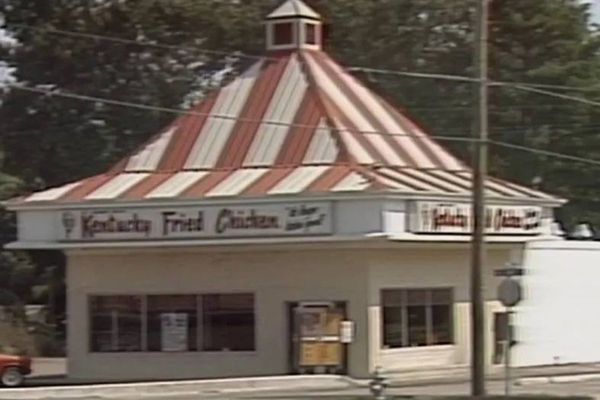The freezer is a fantastic tool for preserving food, reducing waste, and saving money. It allows you to store seasonal produce, batch-cooked meals, and great deals from the grocery store. However, not all foods are created equal when it comes to freezing. While most foods are safe to freeze indefinitely from a health perspective, their quality can degrade significantly. Certain foods lose their texture, flavor, and appeal after being frozen and thawed. Here are seven foods you should avoid storing in the freezer long-term.

1. Vegetables with High Water Content
Vegetables like cucumbers, lettuce, radishes, and celery are crisp and refreshing because of their high water content. When you freeze them, that water turns into sharp ice crystals that puncture the cell walls. Upon thawing, these vegetables turn into a limp, mushy, and unappetizing mess. They are best enjoyed fresh.
2. Dairy Products like Milk and Sour Cream
While you technically can freeze dairy, the results are often disappointing. Milk, sour cream, and yogurt tend to separate when thawed, leaving them with a grainy, watery, and curdled texture. Soft cheeses like cream cheese and cottage cheese also become crumbly and lose their smooth consistency. While they might be usable in cooked dishes, they won’t be pleasant to eat on their own.
3. Fried Foods
The best part of fried food is its crispy, crunchy exterior. Unfortunately, the freezer is where that crispiness goes to die. When you reheat frozen fried foods, the moisture released from the food turns to steam, making the breading soggy and sad. You’ll never be able to recapture that fresh-from-the-fryer texture.
4. Raw Potatoes
Potatoes have a high water content and a lot of starch. When you freeze them raw, they can become grainy, watery, and develop an unpleasant sweet taste upon thawing. If you must freeze potatoes, it’s best to cook them first. Mashed potatoes and blanched potato chunks freeze much better than their raw counterparts.
5. Mayonnaise-Based Salads
Salads made with mayonnaise, such as coleslaw, potato salad, or chicken salad, should never see the inside of your freezer. Mayonnaise is an emulsion of oil and egg. When frozen, that emulsion breaks. When you thaw it, the oil will separate, leaving you with a greasy, watery mess that is both texturally and visually unappealing.
6. Cooked Pasta and Rice

While many frozen meals contain pasta and rice, they are often specially prepared to withstand freezing. Simply freezing your own leftover cooked pasta or rice usually leads to poor results. The pasta can become mushy and fall apart when reheated. Rice tends to become hard, dry, and lose its fluffy texture, though reheating it with a bit of water can sometimes help.
7. Egg Whites and Sauces
Sauces that are thickened with cornstarch or flour, like many gravies and custards, can separate and become watery after being frozen. The starches don’t hold up well to the freezing and thawing process. Similarly, while you can freeze egg yolks, freezing cooked egg whites is not recommended. They become rubbery, tough, and spongy.
Freezing for Quality
Using your freezer effectively is all about knowing what works and what doesn’t. To get the best results, focus on freezing foods that hold up well, like soups, stews, meats, and most fruits and blanched vegetables. By avoiding foods that degrade in quality, you ensure that the meals you pull from your freezer are just as delicious as the day you made them.
Have you had a freezer disaster with a certain type of food? What are your best tips for freezing meals? Share your advice in the comments!
Read More
11 Things in Your Freezer That Are Slowly Losing You Money
15 Foods You Can Freeze to Save Money in the Long Run
The post 7 Foods You Shouldn’t Store in the Freezer Long-Term appeared first on Grocery Coupon Guide.







